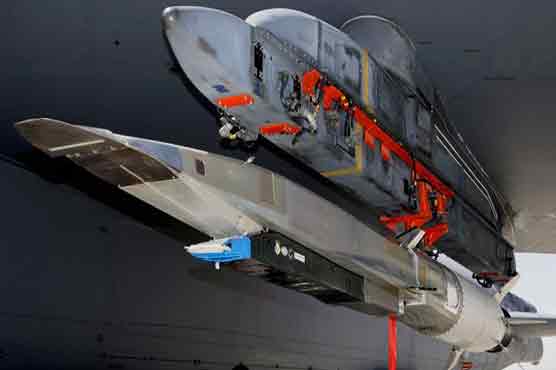Unmanned US military hypersonic craft failed

The X-51A Waverider was designed to reach Mach 6, or 3,600 mph (5,800 kph).

The X-51A Waverider was designed to reach Mach 6, or 3,600 mph (5,800 kph).